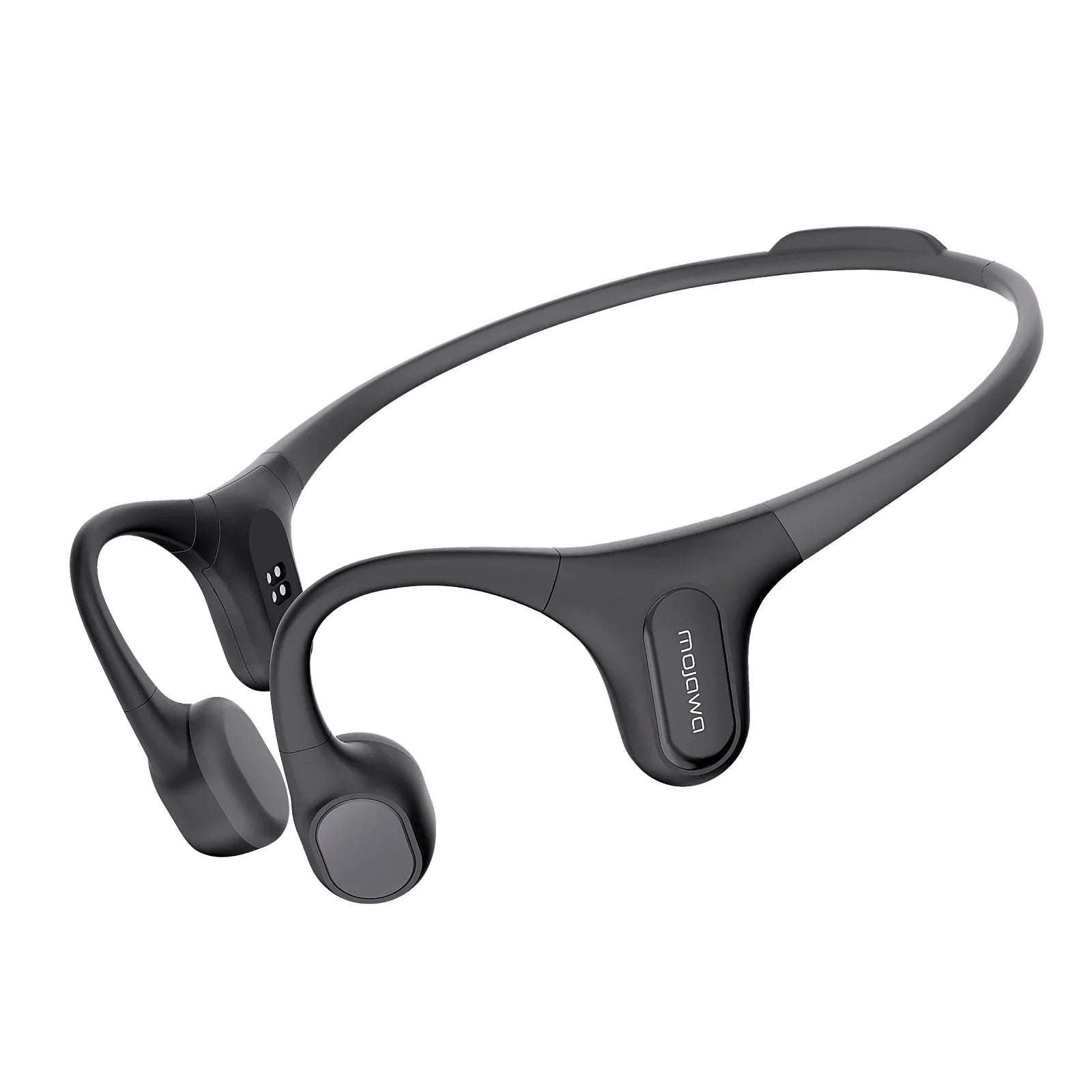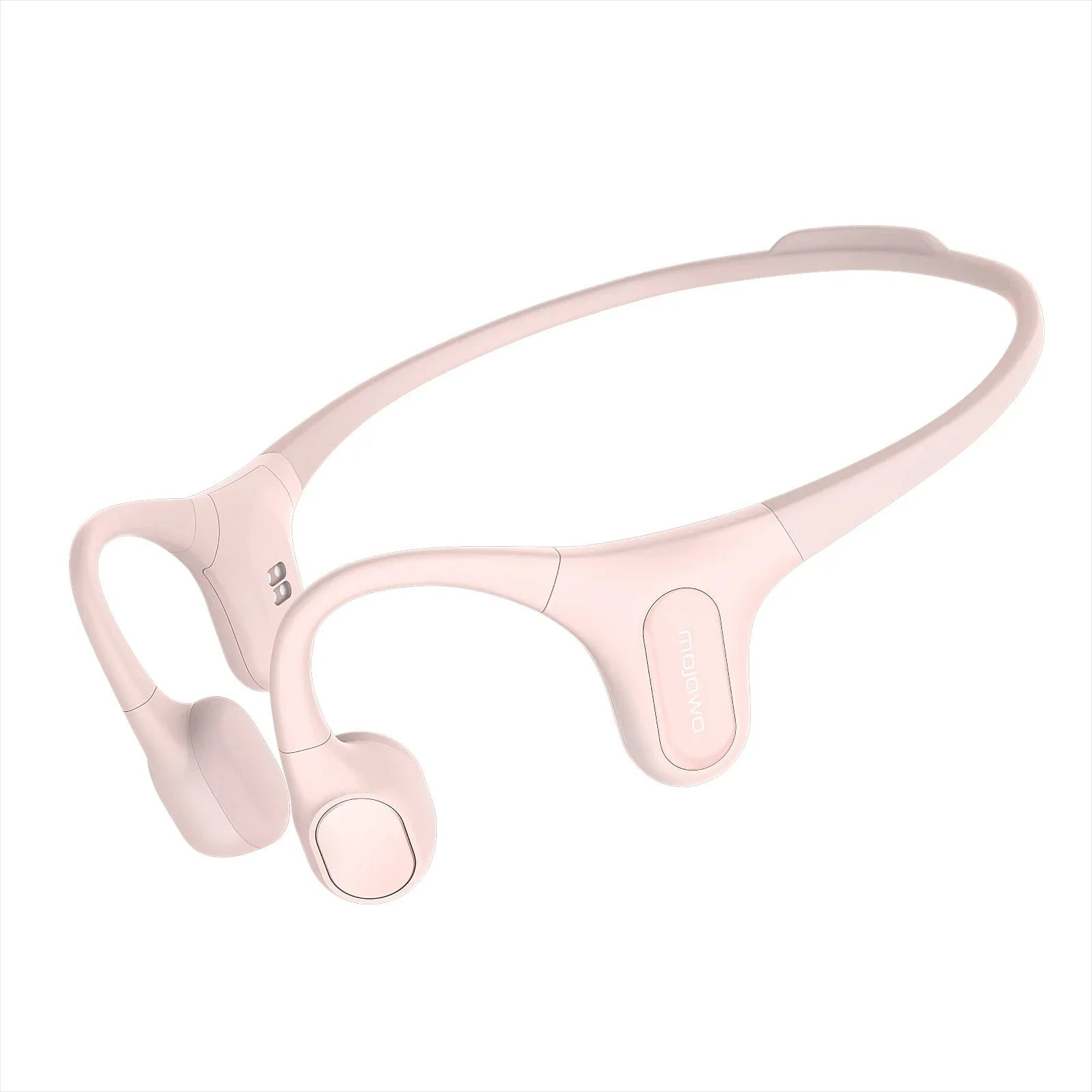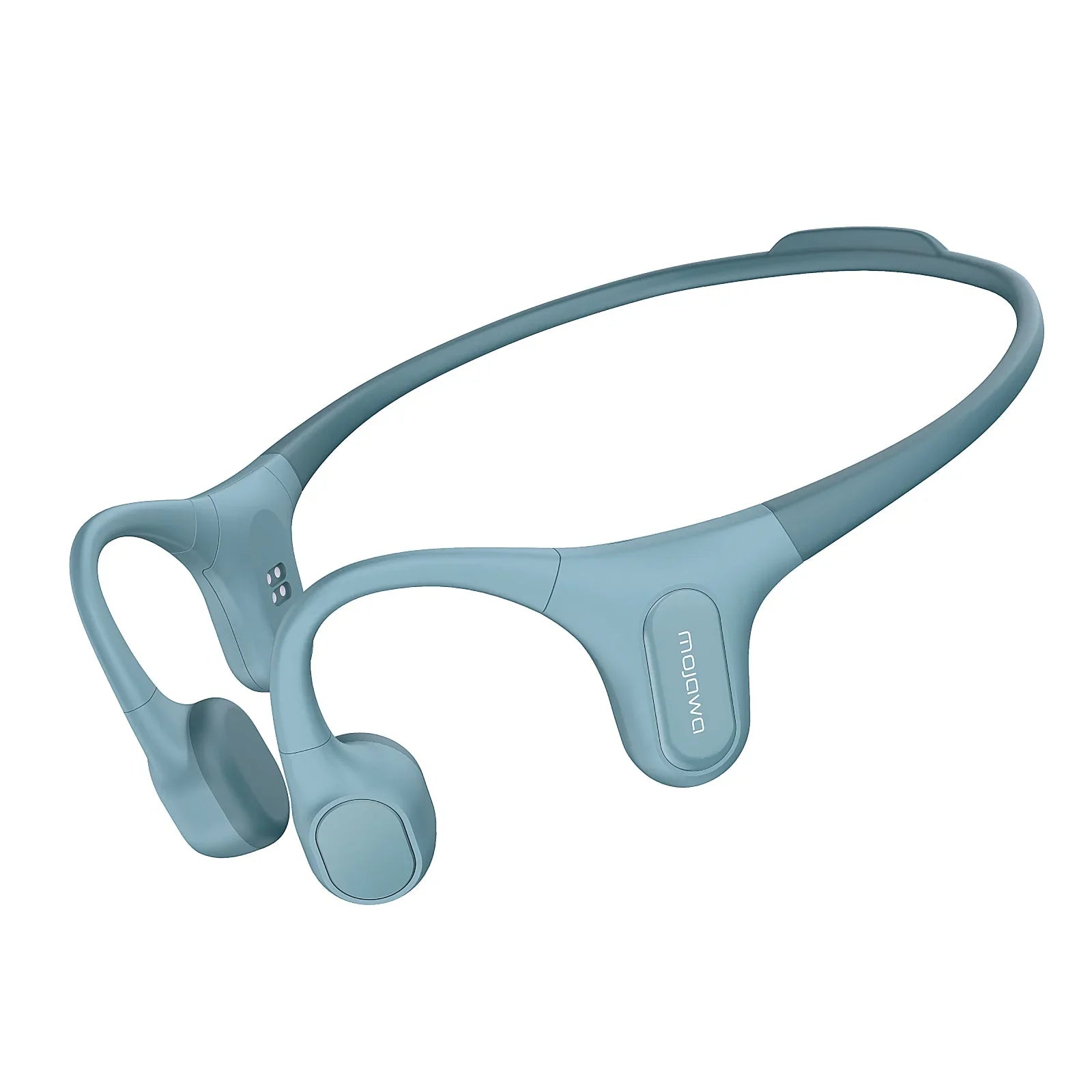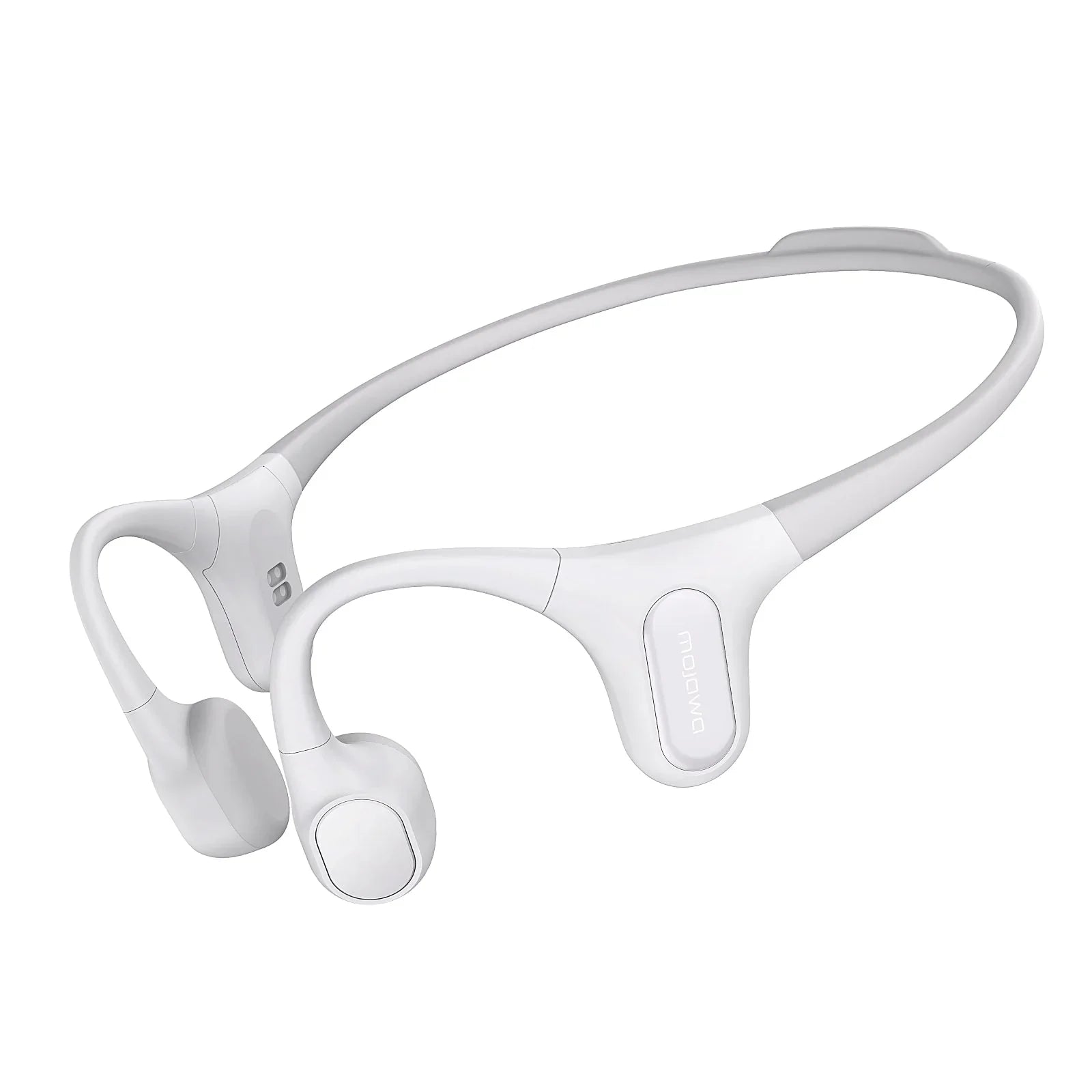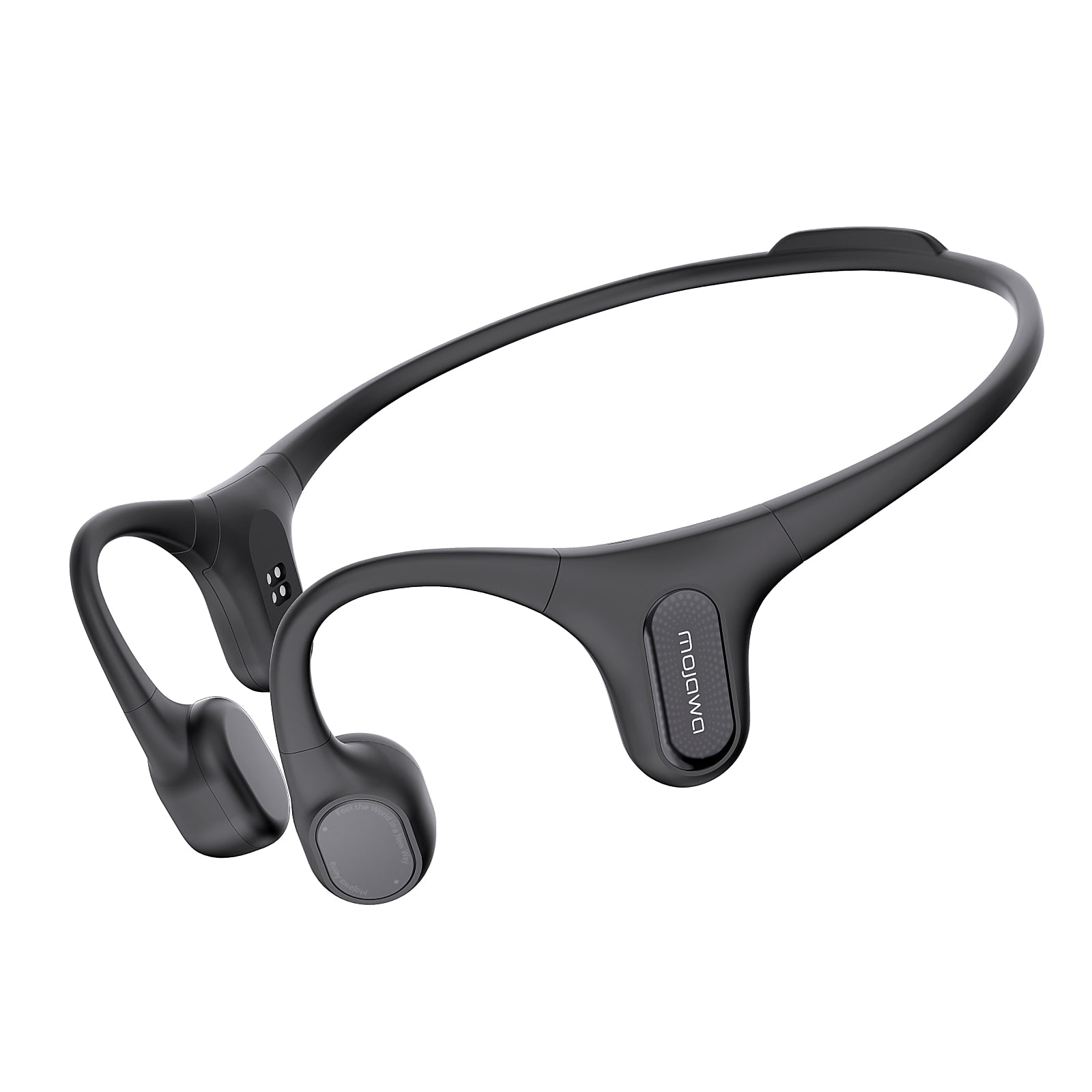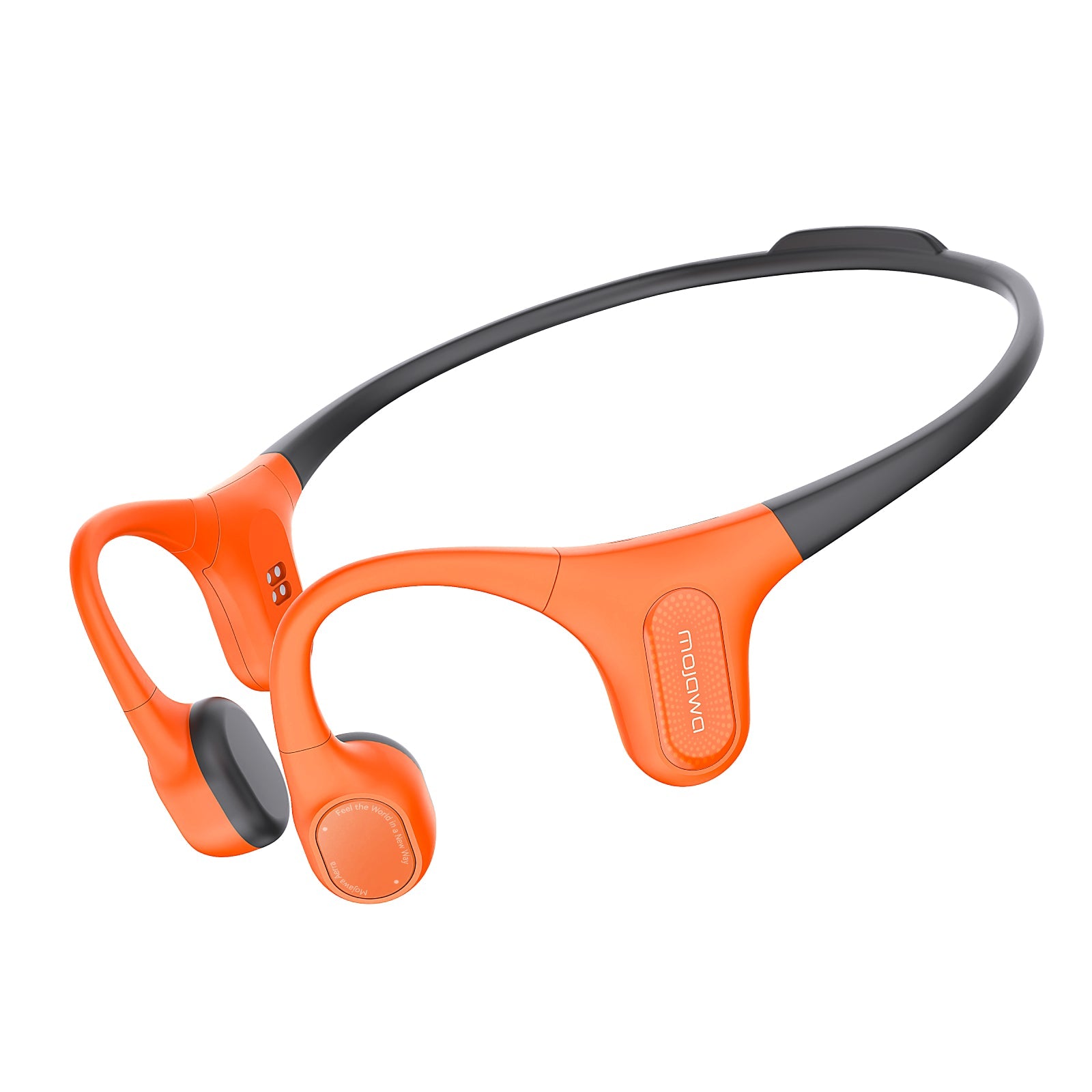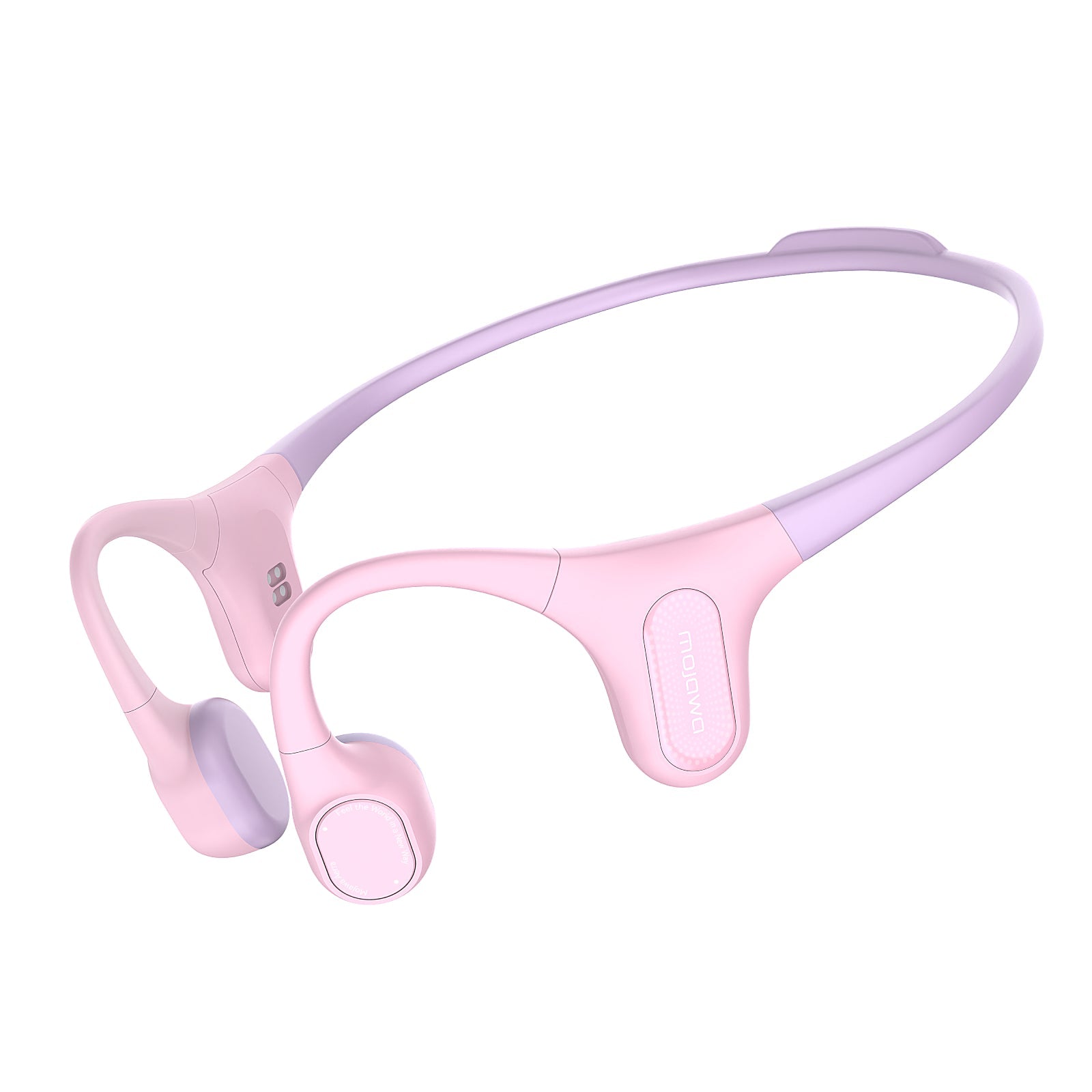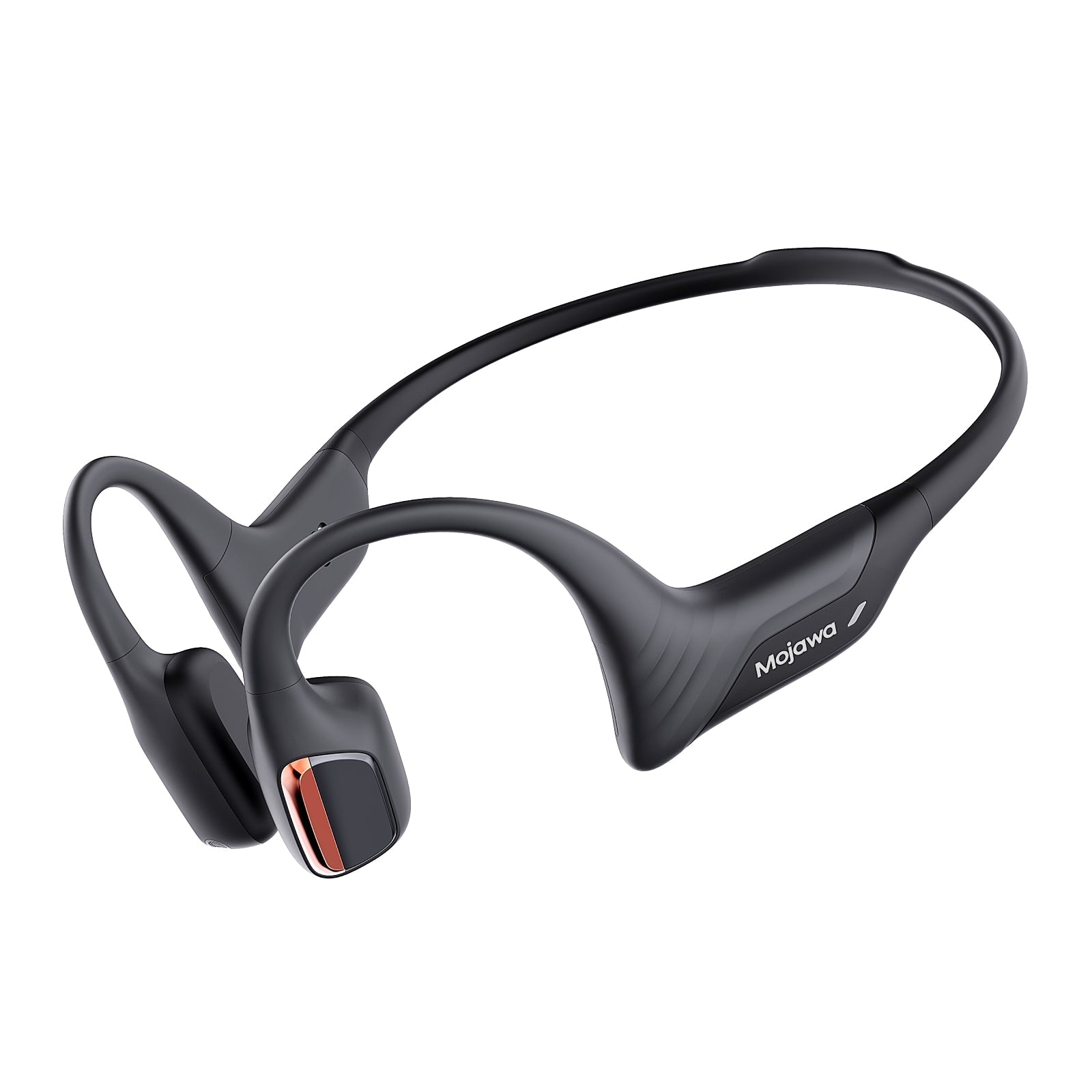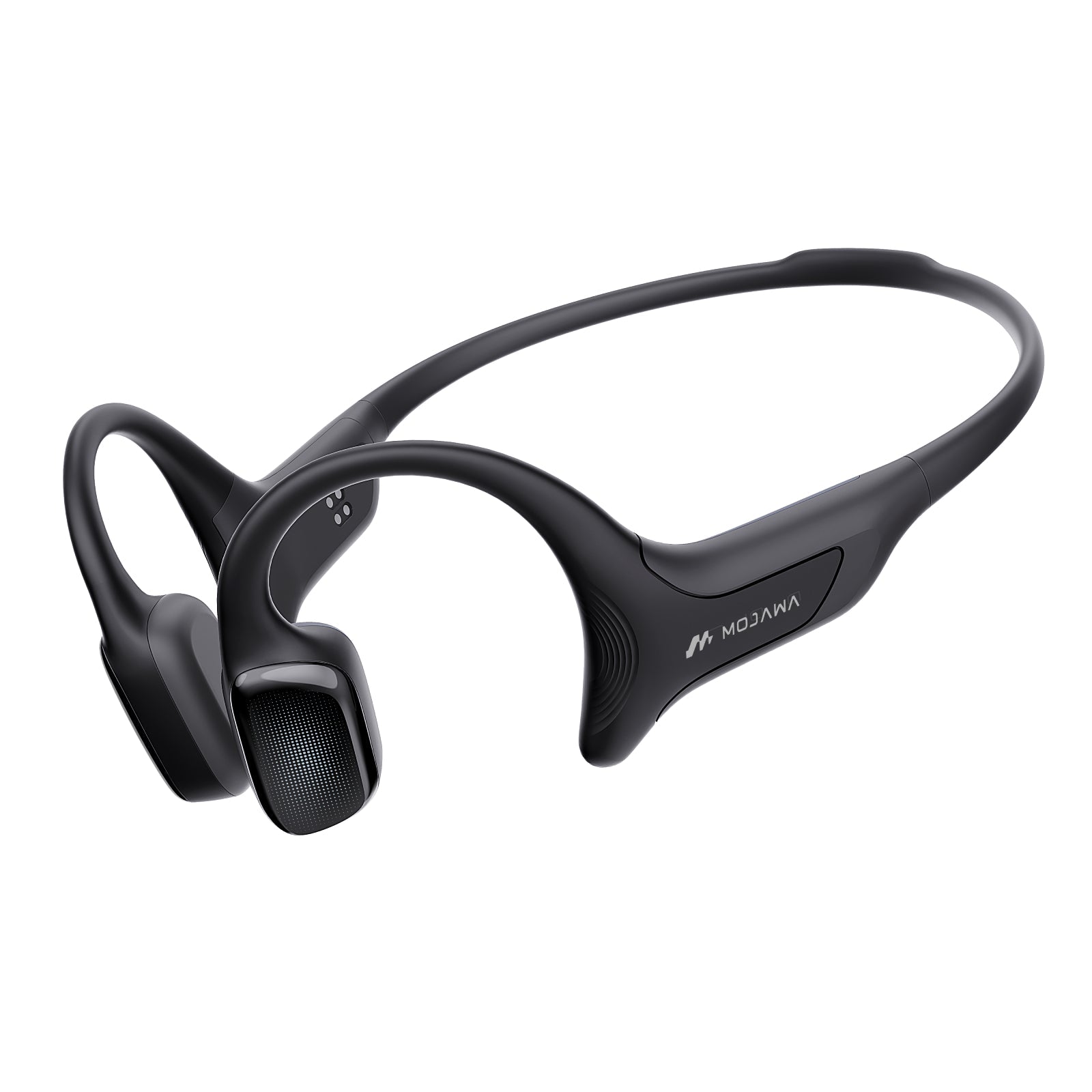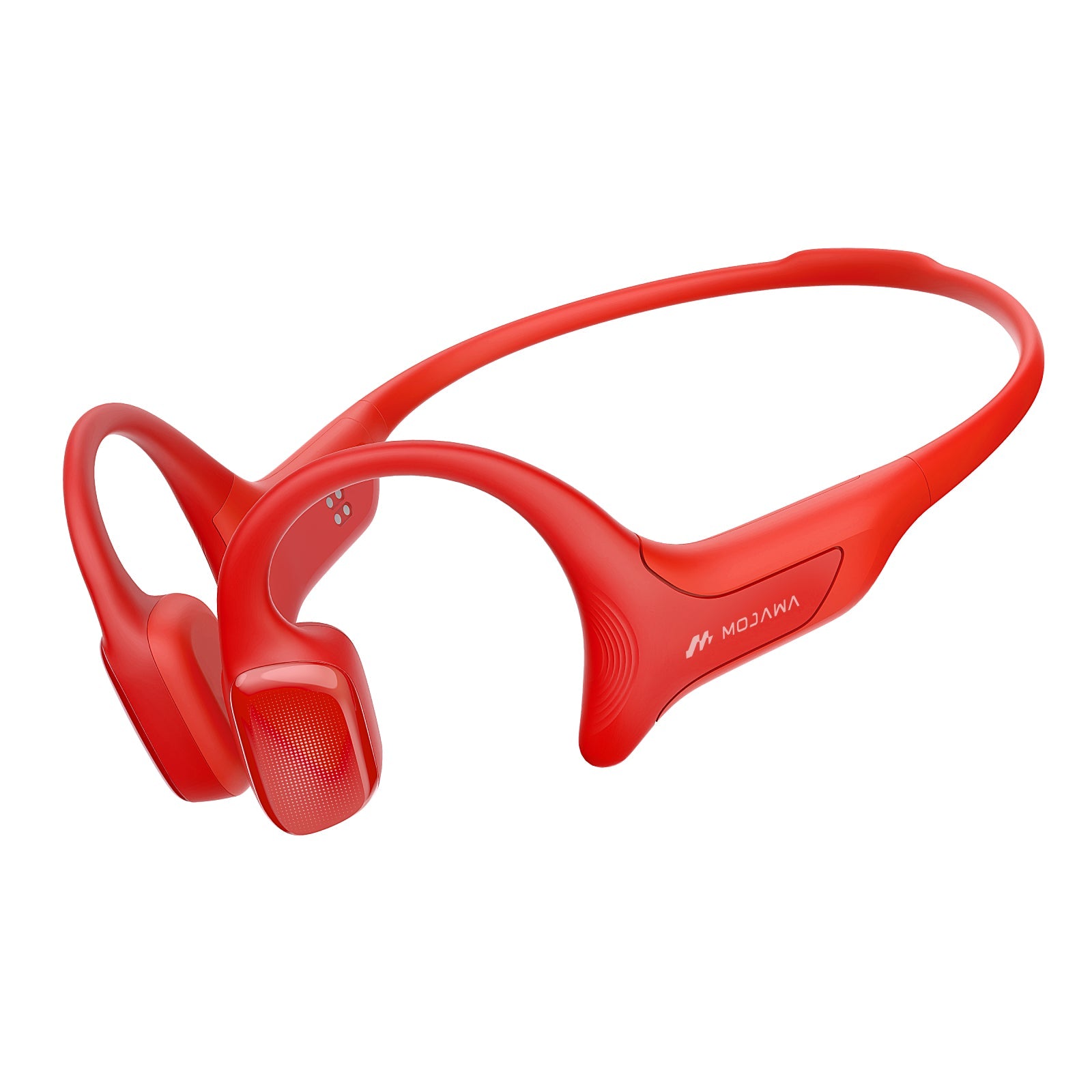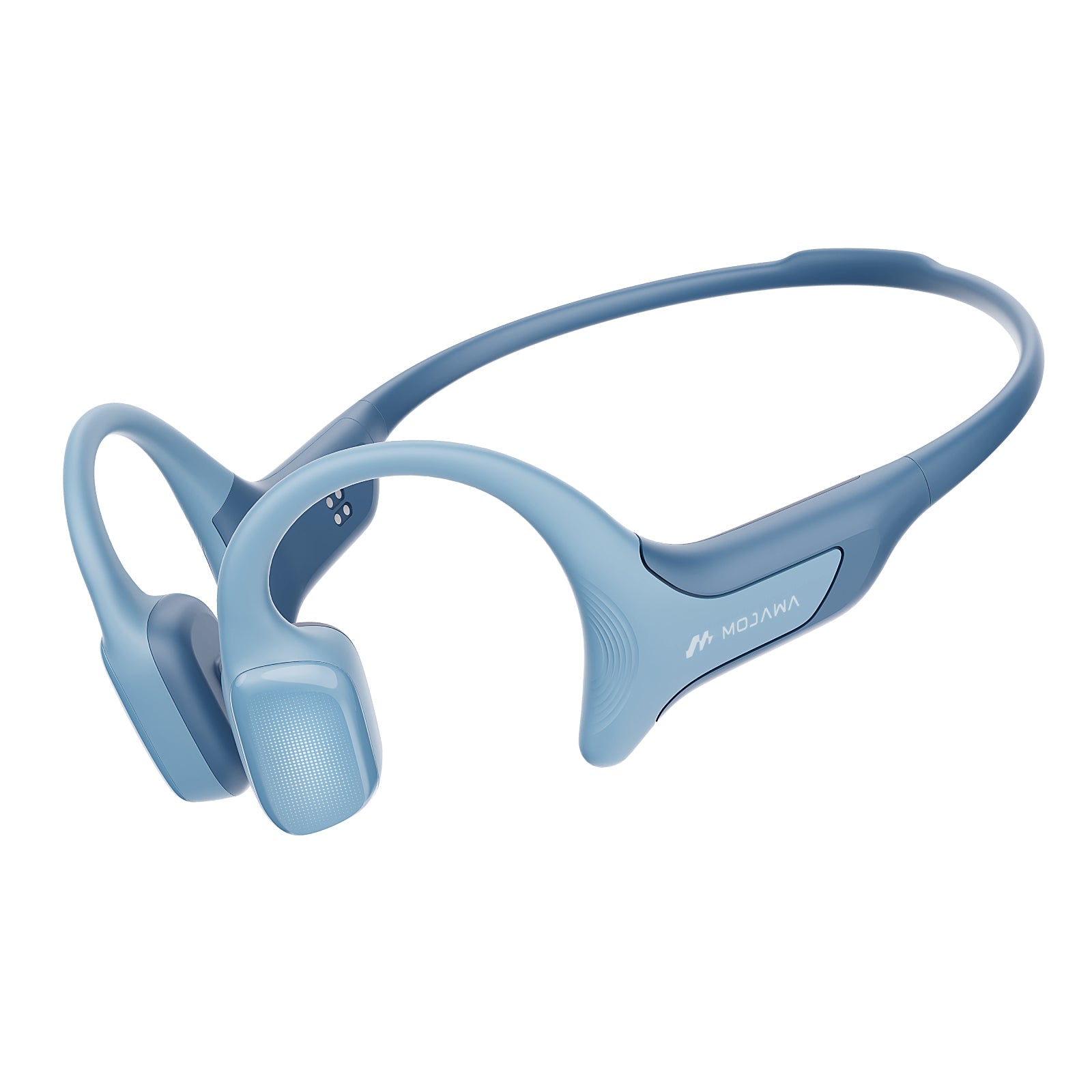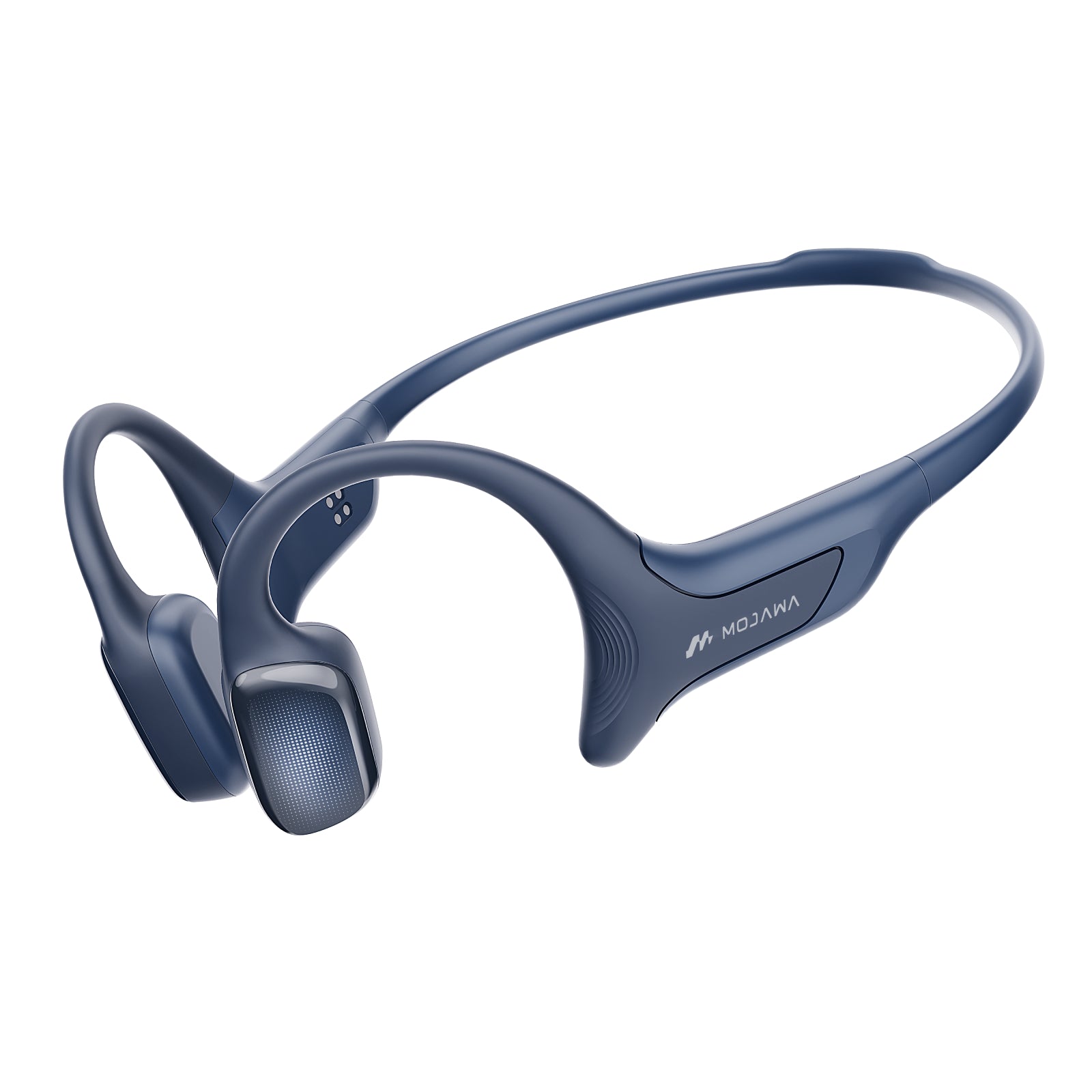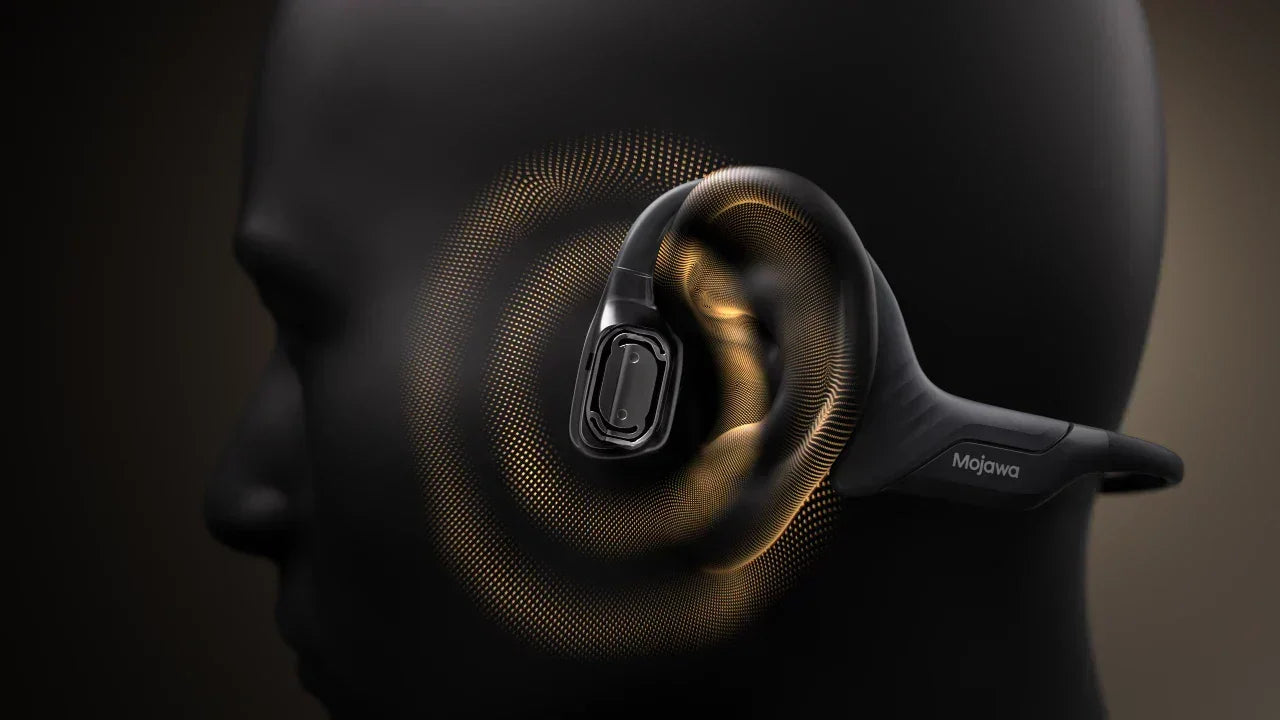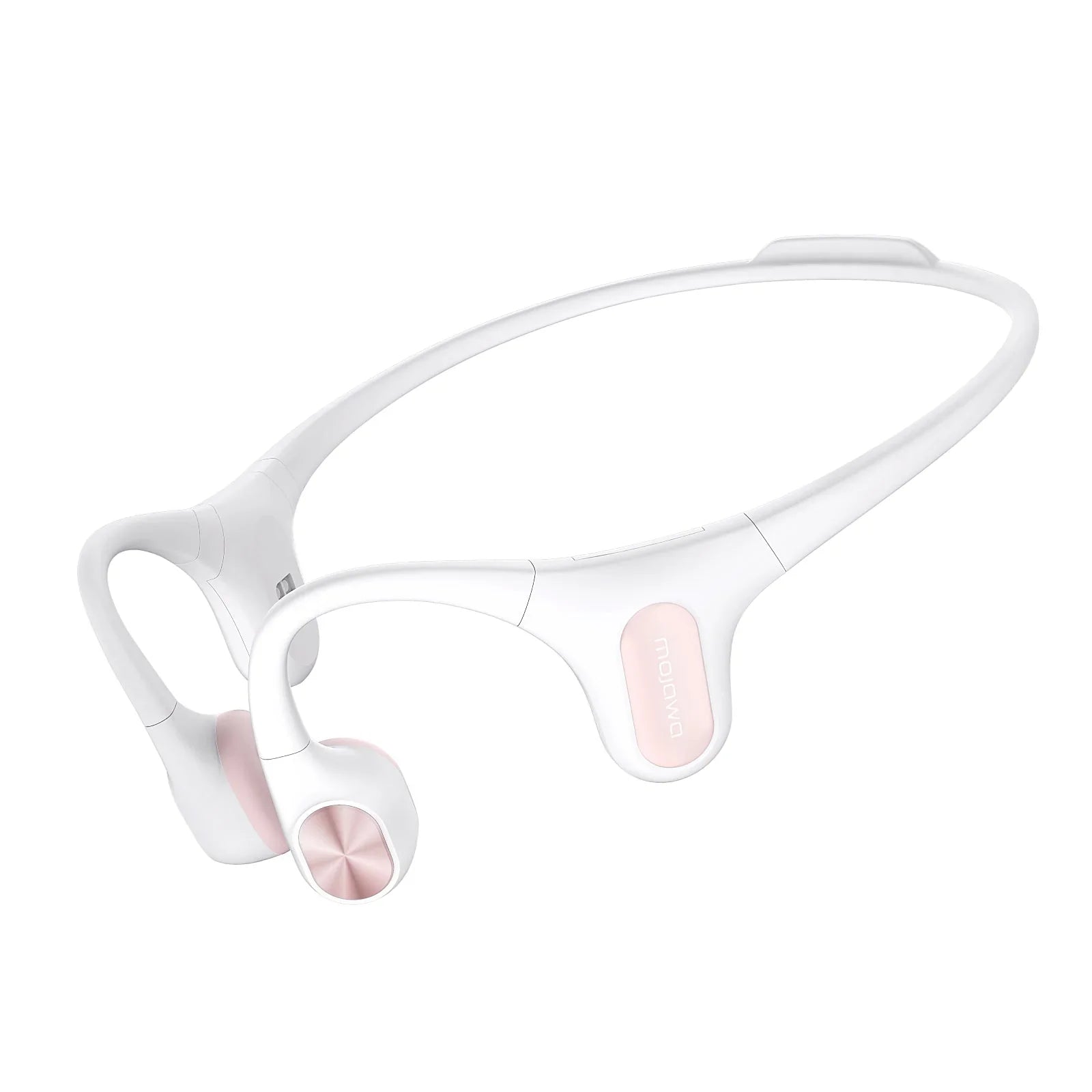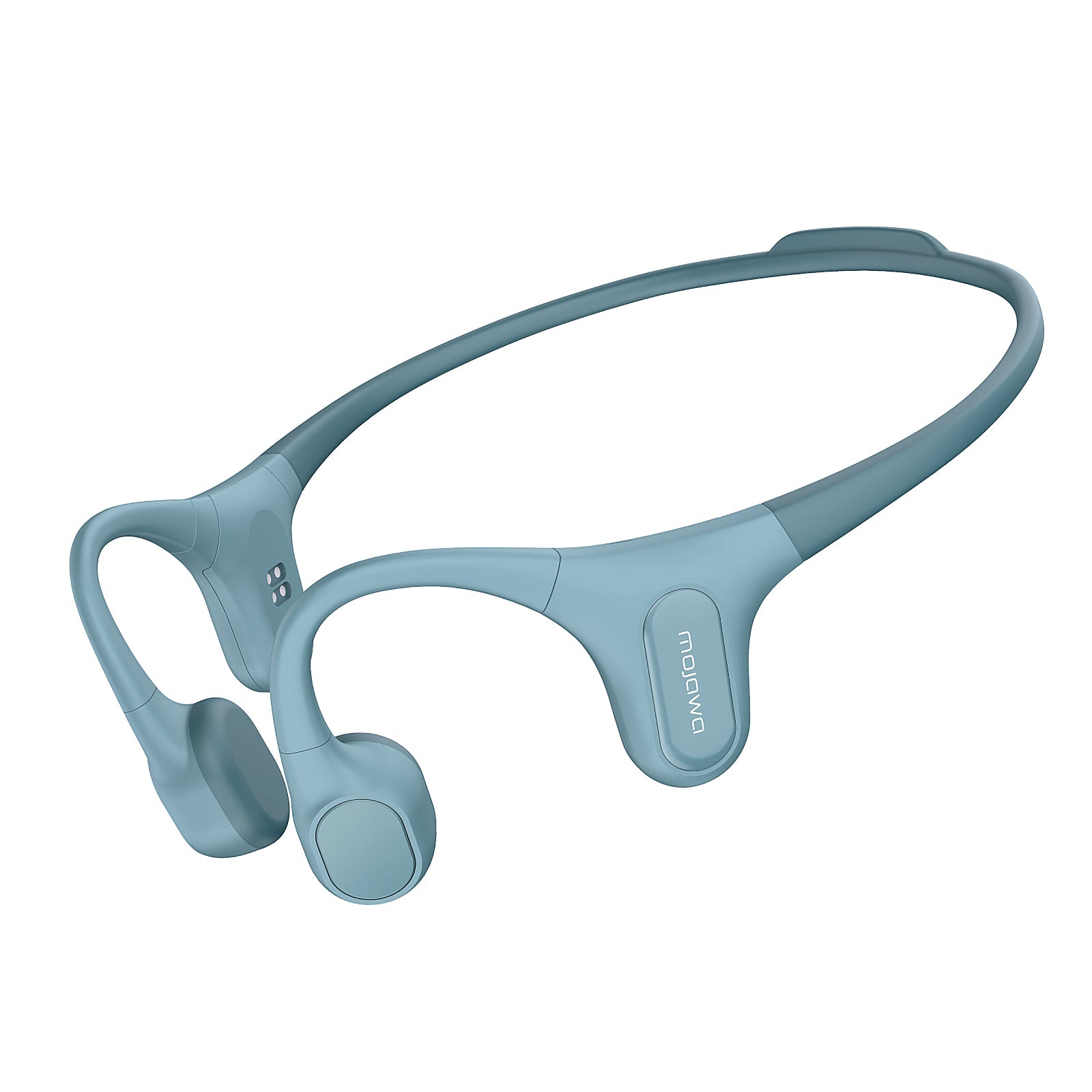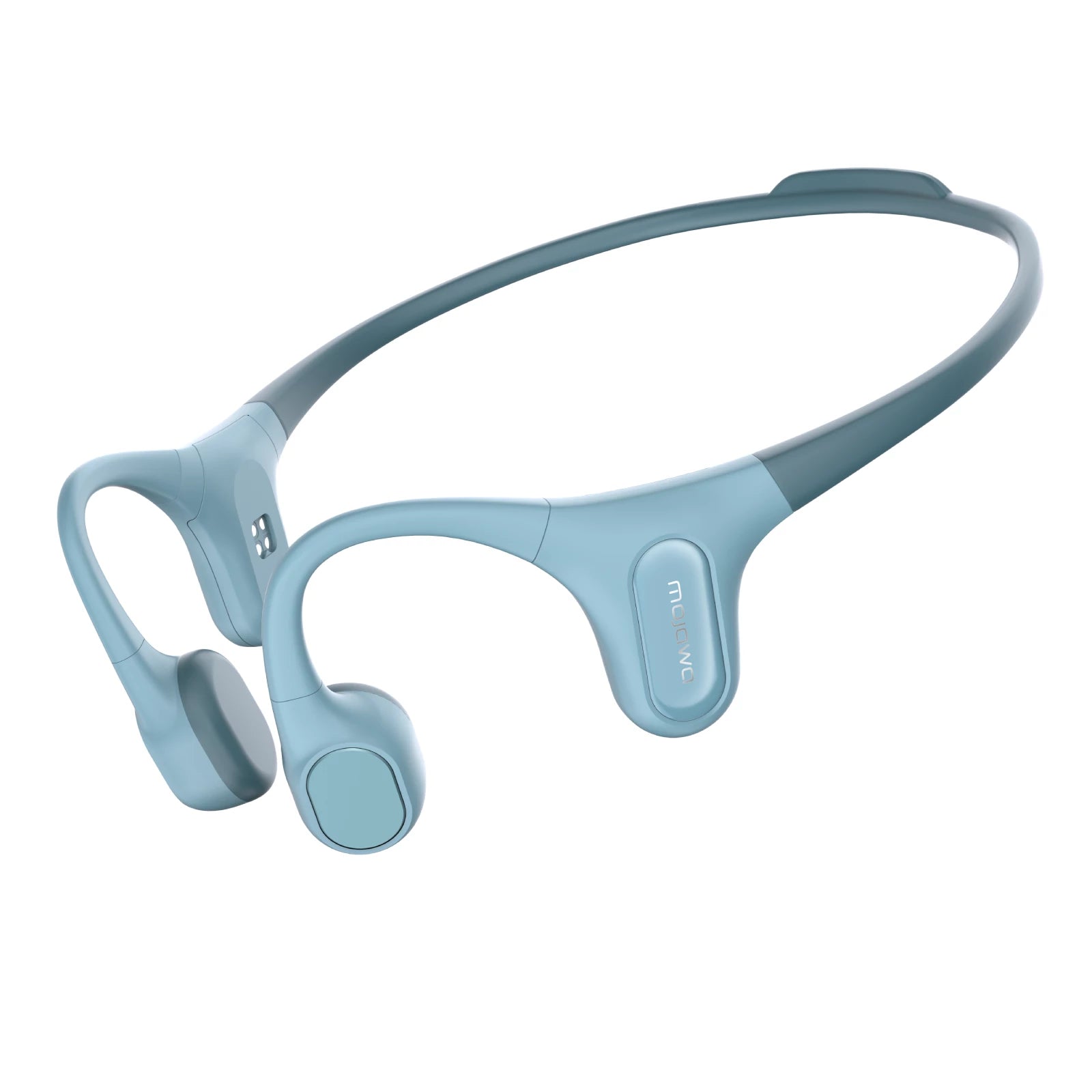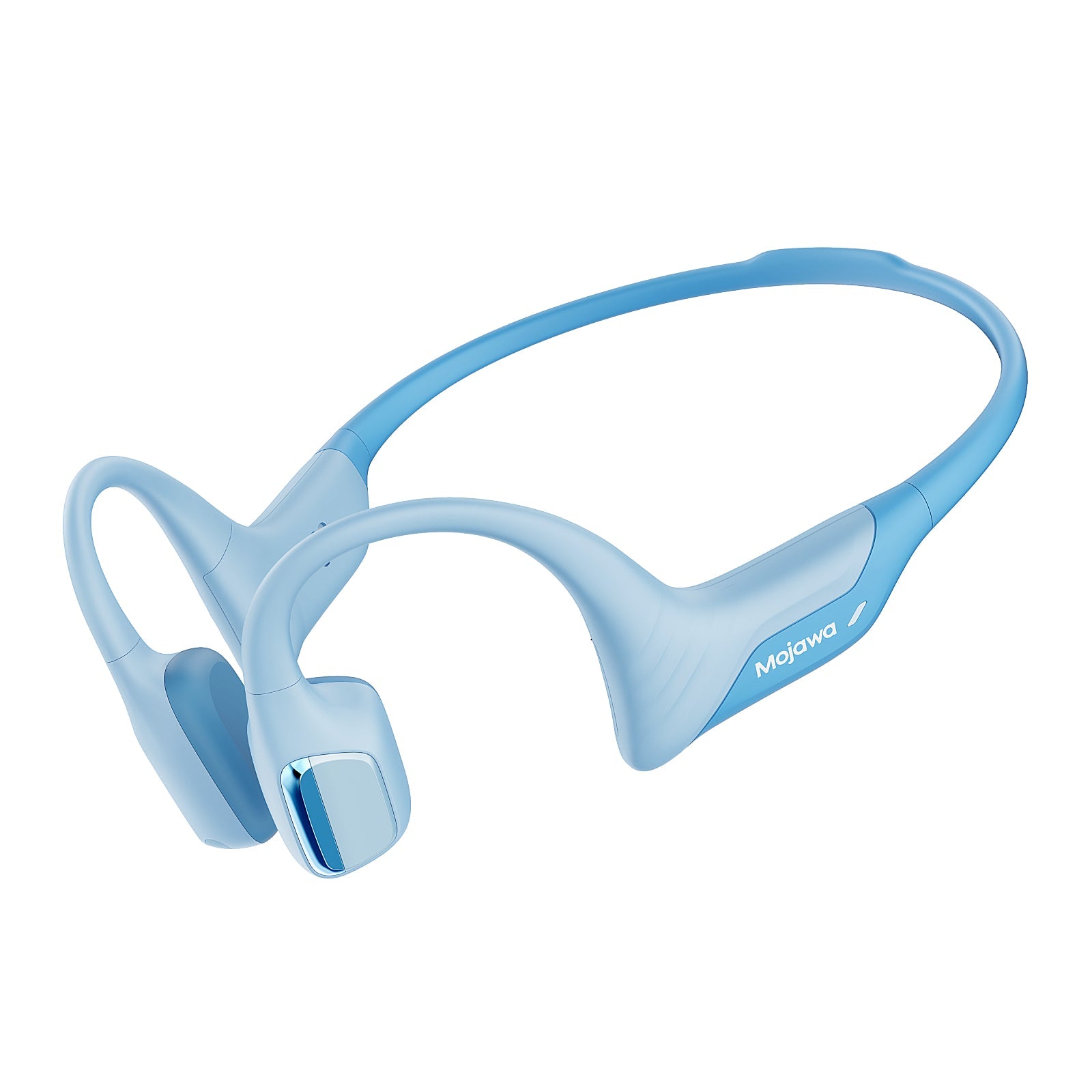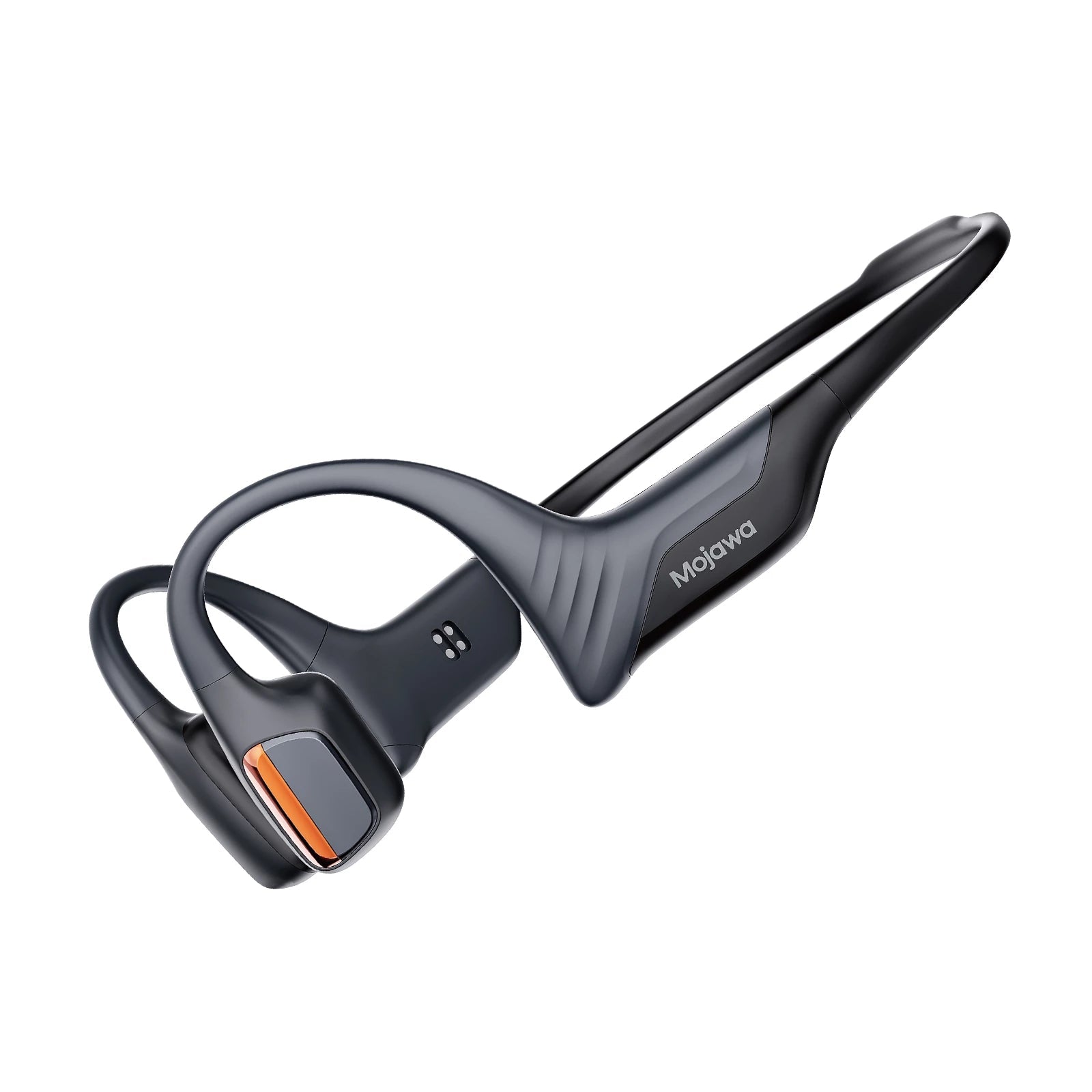Introduction
Selecting the ideal audio gear for swimming can be overwhelming. You're faced with a myriad of options, from bone conduction headphones to earbuds. To make an informed decision, it's crucial to evaluate the pros and cons of both headphones for swimming. This blog post serves as a comprehensive guide, comparing bone conduction headphones and swimming-specific earbuds in detail.

What are Bone Conduction Headphones for Swimming?
Bone conduction headphones are specialized, water-resistant audio devices that deliver sound through vibrations directly to your inner ear, effectively bypassing the eardrum. Unlike traditional earbuds, which are inserted into the ear canal, these headphones sit on your cheekbones. This design allows for heightened ambient noise awareness, a critical feature in swimming environments where situational awareness is key. Typically constructed from durable materials like titanium and boasting water-resistant or waterproof ratings, these headphones are engineered to endure both chlorinated pools and open water settings.
Pros of Bone Conduction Headphones for Swimming
Enhanced Situational Awareness with Open-Ear Design
One area where bone conduction headphones shine is in their open-ear design, which significantly boosts your situational awareness. In swimming scenarios, particularly in open water, being aware of your surroundings is not merely convenient-it's a safety imperative. This design enables you to hear crucial ambient sounds, such as approaching boats or distress calls, without sacrificing audio quality.
Unmatched Comfort for Extended Swimming Sessions
Another advantage of bone conduction headphones is their unparalleled comfort, especially during prolonged use. Traditional earbuds can cause discomfort due to water trapped in the ear canal. This issue is entirely circumvented with bone conduction technology. The headphones rest comfortably on your cheekbones, negating the need for ear tips or buds that can irritate over time. This feature makes them ideal for lengthy training sessions or leisurely swims.
Durability Tailored for Aquatic Environments
In terms of durability, bone conduction headphones often outclass their competitors. Many models incorporate a titanium frame, making them not only lightweight but also incredibly resilient. This material is highly resistant to chlorine and saltwater corrosion, ensuring your investment endures. Some even feature specialized coatings for added elemental protection, solidifying them as a reliable choice for dedicated swimmers.

Cons of Bone Conduction Headphones for Swimming
A Different Auditory Experience
While bone conduction headphones offer a unique way to enjoy music while swimming, it's important to note that the auditory experience differs from traditional earbuds. Some users initially wonder about the bass quality, but many find that after an initial adjustment period, they grow to appreciate the distinct sound profile that this technology provides. It's not necessarily a question of better or worse but rather a unique auditory experience that may suit some preferences over others.
Higher Price Tag
Quality often comes with a cost, and bone conduction headphones are no exception. Generally, these headphones are pricier than traditional swimming earbuds. However, considering their durability and comfort, the long-term value may justify the higher initial investment.
Potential for Movement During Intense Activities
Lastly, although designed for active use, some users report that these headphones can shift during vigorous swimming. However, many models offer adjustable bands or added grip features to counteract this issue. It might take some trial and error to find the perfect fit, but once achieved, they generally remain stable even during intense activities.
By elaborating on these points, it becomes evident that bone conduction headphones present a unique set of advantages and considerations, making them a compelling option for many swimmers. Whether you prioritize situational awareness, comfort, or durability, these headphones offer robust solutions that traditional earbuds often can't match.
What are Earbuds for Swimming?
Earbuds designed for underwater use provide the in-ear audio delivery swimmers are accustomed to on land, with additional water protection. They use tight-sealing silicone or foam tips to create a waterproof barrier within the ear canal to keep out water. Behind-the-ear designs help secure earbuds in place. Short cords with internal or external wire wraps and water-tight jackets prevent water intrusion into any exposed connections.
Pros of Earbuds for Swimming
Good Sound Quality for Audiophiles
One of the standout benefits of swimming earbuds is their good sound quality. These earbuds create a seal within your ear canal, effectively isolating audio and delivering a richer, fuller sound experience. This is particularly evident in the bass response, which is often more robust compared to bone conduction headphones. For audiophiles unwilling to compromise on sound quality while swimming, earbuds are frequently the preferred choice.
Budget-Friendly Without Compromising Quality
Another notable advantage of swimming earbuds is their affordability. High-quality models are generally more budget-friendly than bone conduction headphones, making them accessible to a broader audience. This is particularly beneficial for casual swimmers or those new to aquatic sports who may be hesitant to make a significant financial commitment initially.
Sleek and Discreet Design
From an aesthetic standpoint, swimming earbuds offer a sleeker, more discreet profile than bone conduction headphones. They fit snugly into the ear canal, making them less noticeable and more streamlined. This can be a significant advantage for those concerned about appearance while swimming or for competitive swimmers seeking minimal drag.
Cons of Earbuds for Swimming
Safety Concerns Due to Sound Isolation
The most glaring drawback of swimming earbuds is their sound isolation, which can be a double-edged sword. While this isolation enhances audio quality, it also blocks out ambient noise, making it challenging to maintain situational awareness. This is particularly risky in open water settings where awareness is crucial for safety.
Risk of Discomfort and Infection
Another downside is the potential for discomfort or even ear infections. Because these earbuds create a seal in the ear canal, they can trap water, leading to discomfort and potentially fostering bacterial growth. While some models aim to mitigate this issue with specialized materials and shapes, it remains a concern less prevalent with bone conduction headphones.

Stability Issues During High-Intensity Activities
Lastly, although many swimming earbuds feature wingtips or ear hooks for added stability, they can still dislodge during intense swimming sessions. This can be disruptive, especially during a race or timed swim. Bone conduction headphones generally offer a more stable fit, making them a preferable option for high-intensity or competitive swimming.
By diving into these pros and cons, it becomes clear that swimming earbuds offer their own set of benefits and challenges. They are an excellent choice for those prioritizing sound quality and affordability but come with trade-offs in terms of safety and comfort. Understanding these nuances will enable you to make a tailored decision based on your specific swimming and listening needs.
Final Words
When weighing between bone conduction headphones and earbuds for swimming, consider what matters most to you. If sound quality and budget are your primary concerns, earbuds may be the better choice. On the other hand, if you value situational awareness, comfort, and durability, bone conduction headphones are likely your best bet.


